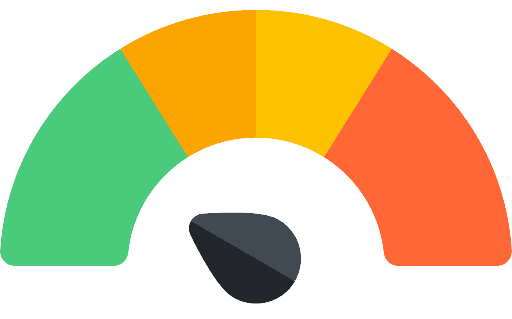(Bold for FDA approved)
 How Modula works
How Modula works• PDE-5 is responsible for degradation of cyclic guanosine monophosphate (cGMP); cGMP produces smooth muscle relaxation in the corpus cavernosum and allows inflow of blood.
• Inhibition of PDE-5 causes increased levels of cGMP in the corpus cavernosum, resulting in smooth muscle relaxation and inflow of blood to the corpus cavernosum.
• Maximum observed plasma concentrations are reached within 30 minutes to 6 hours (median 2 hours) of oral dosing
 Notable Side Effects
Notable Side Effects• Headache
• Flushing
• Nasal congestion
• Dyspepsia (indigestion)
• Back pain and muscle aches
• Dizziness
• Blurred vision or changes in color vision
 Life Threatening Side Effects
Life Threatening Side Effects• Hypotension, especially when taken with nitrates or alpha-blockers
• Priapism (prolonged erection lasting more than 4 hours)
• Rare cardiovascular events such as myocardial infarction or stroke (often linked to pre-existing conditions)

unusual

unusual
• Reduce dose
• Erectile Dysfunction (as-needed use)
• 10 mg taken prior to anticipated sexual activity, at least 30 minutes before.
• Dose can be increased to 20 mg or reduced to 5 mg based on efficacy and tolerability.
• Maximum frequency: once per day.
• Erectile Dysfunction (daily use) 2.5 mg to 5 mg once daily, taken at the same time each day.
• Benign Prostatic Hyperplasia (BPH) 5 mg once daily, taken at the same time each day.
• Pulmonary Arterial Hypertension (PAH) 40 mg (two 20 mg tablets) once daily.
 Dosage Forms
Dosage Forms• Tablets of 2.5 mg, 5 mg, 10 mg, and 20 mg
• Safe
• No
 Renal Impairment
Renal Impairment• No adjustment for mild to moderate impairment
• For patients with severe impairment, consider a starting dose of 2.5 mg
 Hepatic Impairment
Hepatic Impairment• Consider a starting dose of 2.5 mg
 Cardiac Impairment
Cardiac Impairment• Elicits vasodilatory properties, resulting in mild and transient decreases in blood pressure
• Treatment for erectile dysfunction generally should not be instituted in men for whom sexual activity is inadvisable because of their underlying cardiovascular status
• There are no controlled clinical data on the safety or efficacy of sildenafil in patients who have suffered a myocardial infarction, stroke, or life-threatening arrhythmia within the last 6 months; have resting hypotension (BP <90/50 mmHg) or hypertension (BP >170/110 mmHg); or have cardiac failure or coronary artery disease causing unstable angina; use only with caution in these patients
• Use with caution in patients with left ventricular outflow obstruction (e.g., aortic stenosis, idiopathic hypertrophic subaortic stenosis) and those with severely impaired autonomic control of blood pressure
 Elderly
Elderly• Some patients may tolerate lower doses better
• Consider a starting dose of 2.5 mg
 Children and Adolescents
Children and Adolescents• Not recommended for use in pediatric patients
• Safety and efficacy have not been established
 Pregnancy
Pregnancy• Not indicated for use in women
• Controlled studies have not been conducted in pregnant women.
 Breast Feeding
Breast Feeding• Some drug is found in mother’s breast milk
Based on data Published online by Cambridge University Press
Compiled by Dr. Jash Ajmera